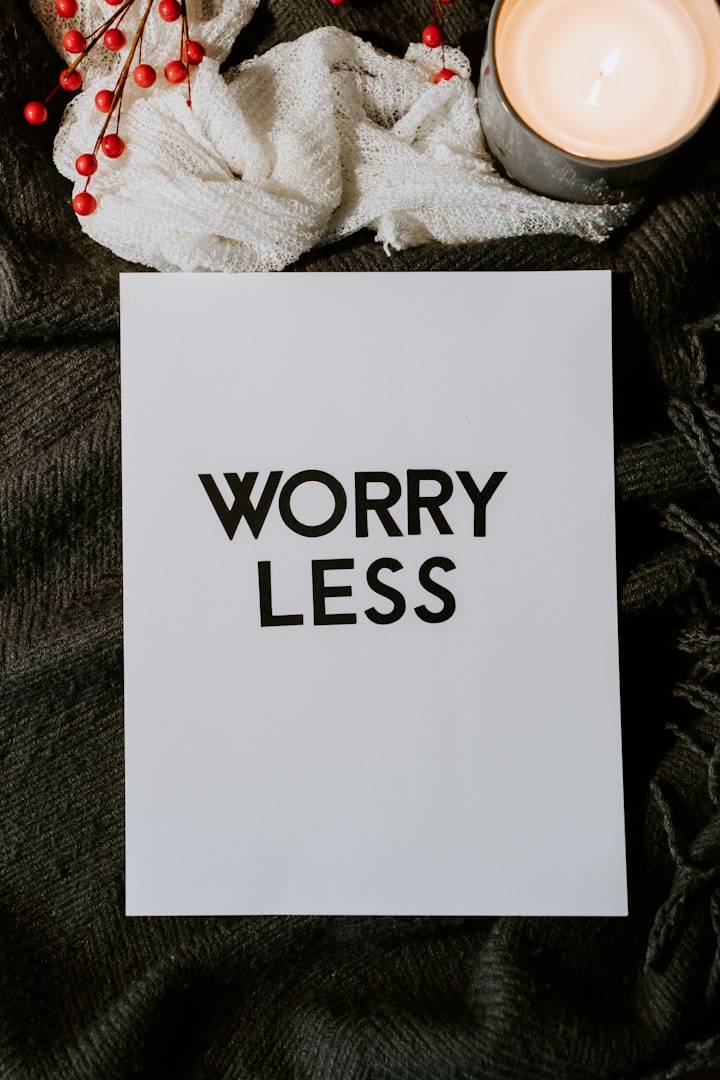Introduction
Anxiety and panic disorders are common mental health conditions that can significantly affect a person's quality of life. While they may seem similar, they have distinct characteristics and symptoms. Understanding these disorders is crucial for effective management and treatment.
Understanding Anxiety Disorders
Anxiety disorders encompass a range of conditions characterized by excessive fear or worry that interferes with daily activities. Common types include:
Generalized Anxiety Disorder (GAD): Chronic and exaggerated worry about various aspects of life, including work, health, and social interactions.
Social Anxiety Disorder: Intense fear of social situations, leading to avoidance of interactions or performance in front of others.
Specific Phobias: Irrational fears of specific objects or situations, such as heights or spiders, resulting in avoidance behaviours.
Obsessive-Compulsive Disorder (OCD): Involves unwanted, intrusive thoughts (obsessions) and repetitive behaviours (compulsions) performed to alleviate anxiety.
Post-Traumatic Stress Disorder (PTSD): Develops after experiencing or witnessing a traumatic event, leading to flashbacks, nightmares, and severe anxiety.
Symptoms of Anxiety Disorders
Symptoms can vary but generally include:
Restlessness or feeling on edge
Fatigue
Difficulty concentrating
Irritability
Muscle tension
Sleep disturbances
Understanding Panic Disorders
Panic disorder is characterized by recurrent and unexpected panic attacks—sudden episodes of intense fear that trigger severe physical reactions when there is no real danger or apparent cause.
Symptoms of Panic Disorder
Panic attacks can manifest through:
Heart palpitations or rapid heart rate
Sweating
Trembling or shaking
Shortness of breath
Choking sensation
Chest pain
Nausea or abdominal distress
Dizziness or light-headedness
Feelings of unreality or detachment
Fear of losing control or dying
Panic Disorder Diagnosis
Diagnosis often involves:
Clinical Interview: Assessing the frequency and context of panic attacks and their impact on daily life.
Physical Exam: Ruling out other medical conditions that could mimic panic symptoms.
Causes of Anxiety and Panic Disorders
The exact causes of anxiety and panic disorders are not fully understood, but several factors may contribute:
Genetic Factors: A family history of anxiety or panic disorders can increase the likelihood of developing these conditions.
Biological Factors: Imbalances in neurotransmitters such as serotonin, norepinephrine, and gamma-aminobutyric acid (GABA) may play a role.
Environmental Factors: Stressful life events, trauma, or significant changes can trigger or exacerbate symptoms.
Personality Traits: Individuals with certain personality traits, such as being more prone to stress or having a tendency towards negative thinking, may be more vulnerable.
Treatment Options
Treatment for anxiety and panic disorders typically includes a combination of therapy, medication, and lifestyle changes.
1. Psychotherapy
Cognitive Behavioural Therapy (CBT): A widely used treatment that helps individuals identify and change negative thought patterns and behaviours associated with anxiety.
Exposure Therapy: Gradual exposure to feared situations can help reduce anxiety responses over time.
2. Medications
Antidepressants: Selective serotonin reuptake inhibitors (SSRIs) and serotonin-norepinephrine reuptake inhibitors (SNRIs) are often prescribed to manage anxiety symptoms.
Benzodiazepines: These medications can provide short-term relief from anxiety but are not recommended for long-term use due to the risk of dependence.
Beta-Blockers: Used to manage physical symptoms of anxiety, such as rapid heartbeat.
3. Lifestyle Changes
Regular Exercise: Physical activity can help reduce anxiety and improve overall mental health.
Healthy Diet: A balanced diet can impact mood and energy levels.
Mindfulness and Relaxation Techniques: Practices such as yoga, meditation, and deep breathing exercises can help manage anxiety.
Coping Strategies
In addition to professional treatment, individuals can implement coping strategies to manage their anxiety and panic symptoms:
Maintain a Routine: Establishing a daily schedule can provide a sense of control and predictability.
Limit Stimulants: Reducing caffeine and nicotine intake may help lower anxiety levels.
Practice Relaxation Techniques: Engaging in activities that promote relaxation, such as reading, listening to music, or spending time in nature, can be beneficial.
Connect with Others: Building a support network of friends, family, or support groups can provide emotional support and reduce feelings of isolation.
Seek Professional Help: Consulting with a mental health professional can provide tailored strategies and interventions.
Anxiety and panic disorders can be debilitating, but understanding these conditions is the first step toward effective management. With a combination of therapy, medication, and healthy coping strategies, individuals can lead fulfilling lives despite their challenges. If you or someone you know is struggling with anxiety or panic disorders, it is essential to seek professional help for proper diagnosis and treatment. Early intervention can significantly improve outcomes and quality of life.


